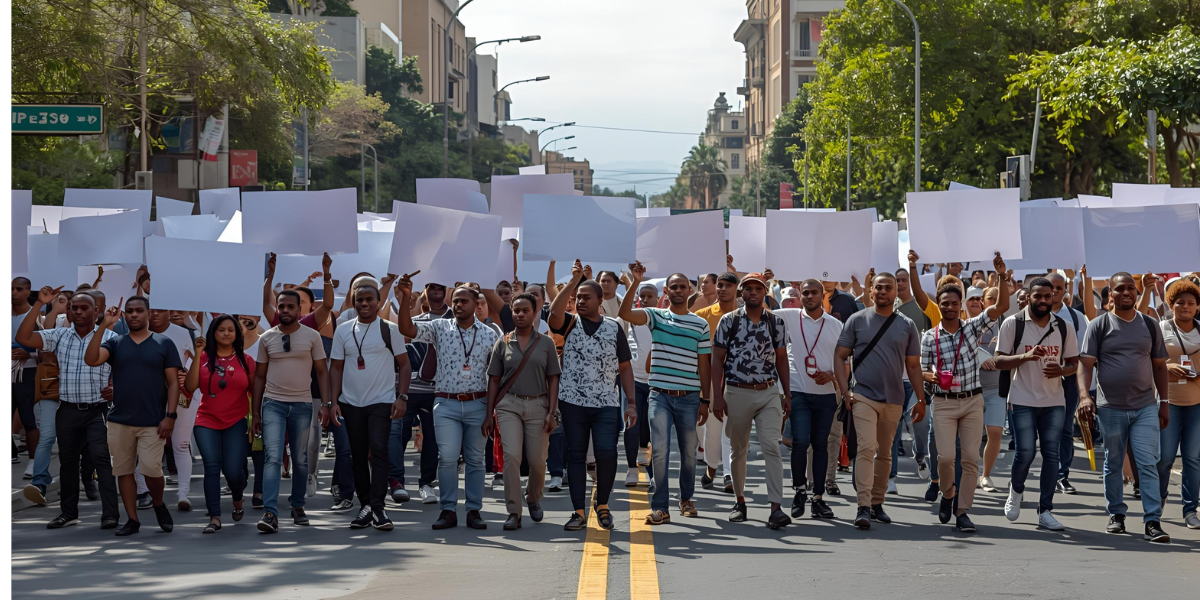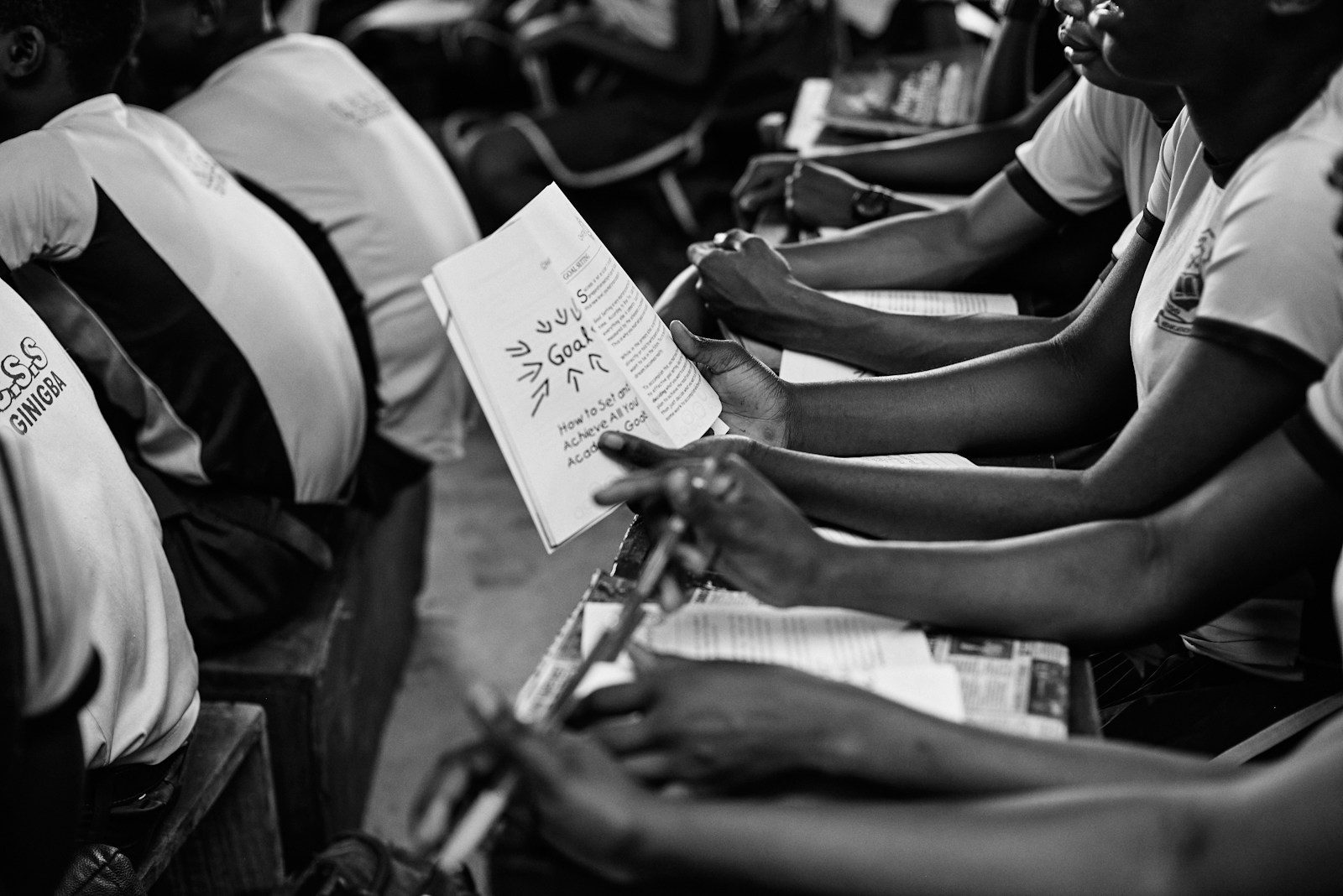Angola protests And Shocking Facts Behind Deadly Unrest
Angola protests have erupted across oil-rich regions, reflecting deep social and economic frustrations among citizens. The unrest highlights growing inequality, high living costs, and dissatisfaction with government policies, which have fueled deadly demonstrations. Understanding these protests provides insight into the complex dynamics shaping Angola’s current political and economic landscape.
1. Rising Food Prices Spark Anger
One of the primary drivers of Angola protests is the skyrocketing cost of basic food items. Families struggling to afford daily necessities have taken to the streets to demand immediate action from authorities. The high inflation rate has intensified public outrage, leading to violent clashes in several cities.
Local markets have become a focal point for protest activities, as citizens voice frustration over inaccessible food and declining purchasing power, emphasizing the urgency of economic reforms.
2. Economic Disparities and Oil Wealth
Despite Angola’s rich oil reserves, a large portion of the population remains impoverished. Angola protests underscore the gap between the wealthy elite benefiting from oil revenues and ordinary citizens facing economic hardship. This contrast has fueled resentment and a sense of injustice.
The government faces mounting pressure to distribute oil wealth more equitably and invest in social programs that alleviate poverty, as citizens demand fair access to national resources and opportunities.
3. Youth Unemployment Drives Unrest
High unemployment rates, especially among young people, contribute significantly to Angola protests. Frustrated youth, facing limited job opportunities and bleak futures, are among the most active participants in demonstrations. Their involvement highlights the urgent need for policies targeting youth employment and skill development.
Educational institutions and vocational training programs are being called upon to prepare young Angolans for the labor market, aiming to reduce social tensions and foster long-term stability.
4. Protests in Urban and Rural Areas
Angola protests are not limited to the capital cities but have spread to rural regions where access to basic services is limited. Residents in remote areas face challenges such as poor infrastructure, limited healthcare, and insufficient education facilities, which add to the anger and frustration fueling demonstrations.
Authorities are struggling to manage protests across dispersed locations, highlighting the need for coordinated strategies to address grievances in both urban and rural communities.
5. Government Response and Security Measures
The Angolan government has deployed security forces to control protest movements, which has sometimes resulted in violent clashes. Angola protests have drawn international attention due to the severity of confrontations between citizens and law enforcement. Human rights organizations have urged the government to engage in dialogue rather than solely relying on force.
For a deeper analysis on the impact of government actions, see Human Rights Watch – Angola Reports, which provides credible insights into ongoing unrest and citizen responses.
6. Role of Social Media in Mobilization
Social media platforms have played a significant role in organizing and spreading awareness about Angola protests. Citizens use platforms to share news, coordinate gatherings, and highlight injustices, amplifying the impact of their voices.
The rapid flow of information through social networks ensures that local issues gain national and international attention, pressuring the government to address public demands and improving transparency in reporting events.
7. International Reactions
Angola protests have drawn attention from international organizations and foreign governments. The unrest has raised concerns about stability in Africa’s oil-producing regions, prompting diplomatic calls for dialogue and peaceful resolution. International pressure highlights the global significance of Angola’s domestic challenges.
Foreign media coverage also plays a role in informing the world about local grievances, encouraging external support for human rights and social reforms.
8. Impact on Oil Industry
The protests have impacted Angola’s oil industry, as strikes and civil unrest disrupt production and transport. Angola protests emphasize the delicate balance between economic development and social justice, showing that public dissatisfaction can directly affect national revenue streams.
Investors are closely monitoring these developments, urging the government to implement sustainable policies that ensure both economic growth and social equity.
9. Socioeconomic Reforms Needed
Experts argue that Angola protests underline the urgent need for socioeconomic reforms. Policies targeting income inequality, healthcare access, and employment generation are essential to address the root causes of unrest. Citizens are demanding tangible solutions rather than temporary measures.
Long-term reforms will not only reduce the likelihood of protests but also create a more stable and inclusive society, benefiting both citizens and businesses across Angola.
10. Opportunities for Civic Engagement
The ongoing Angola protests present an opportunity for citizens to engage actively in governance. Participating in town halls, community programs, and local councils allows Angolans to voice concerns constructively. Encouraging civic participation helps channel public energy toward positive outcomes and strengthens democracy.
For more insights on citizen involvement and local initiatives, see our internal guide Civic Engagement in Angola, which provides tips and strategies for meaningful participation in societal change.
Conclusion
In conclusion, Angola protests highlight deep-rooted social and economic challenges. Addressing these issues through reforms, dialogue, and civic engagement is essential for a safer, more prosperous, and inclusive Angola.




